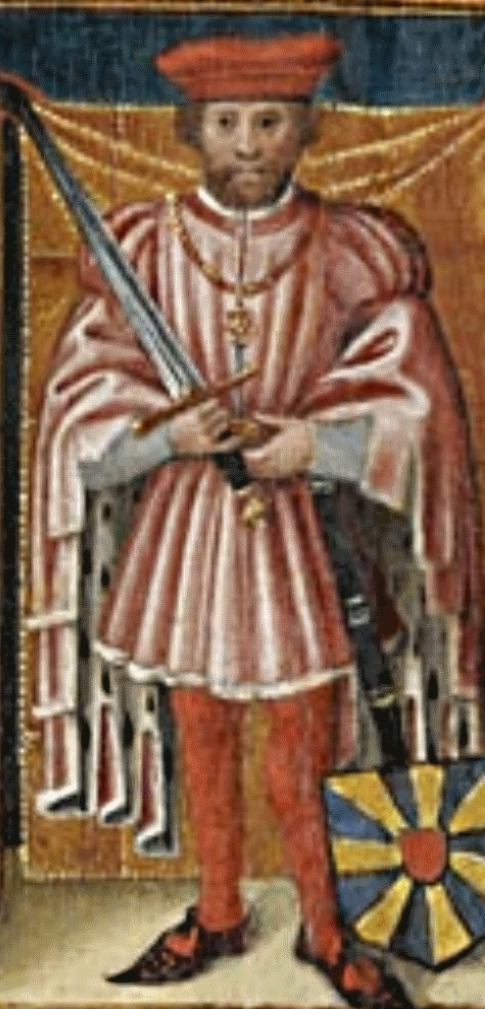As posted before, we want to take a closer look at the history of Klerkem – that is, Clarc – but no, Clercken – Klerken! What’s up with this name?
The name Klerken
Klerken, where does that come from? Through the years, we find many different spellings. Klerken, Clercken, Klerkem, Clarcq, and, oldest mention, Clarc. A fixed, official spellings is but a recent development in the grand scheme of things. But that’s not all, of course: the name, like the village, grew and changed through the years.
Clarc derives from Clariacus.(1) Which means: belonging to Clarius. Who was Clarius? No one knows. In 1875, between Klerken and Houthulst, a Roman tumulus was levelled.(3) Perhaps Clarius’ last resting place?
961: first mention?
Clarius disappeared in the mists of time. Klerken, luckily, did not. The first written mention is found in a charter dating to 961.(2)By this charter, count Arnulf I of Flanders founds the chapter of St. Donatius in Bruges, and grants them rights on several churches and places. The original does not exist any more, but several copies have survived.
It’s a nice idea, that Klerken exists for over 1060 years, but… can we trust this charter? Since the 19th century, there are suspicions that it might not be quite authentic. Today, we know it to be a forgery.(4) Probably it was written in a period when the president of the ST. Doinatius chapter had a conflict with the countess of Flanders, and wanted to reinforce his postion.

And now the real one: 1181
The authentic first mention is in a charter dating to 1181(5). Count robert II of Flanders fixes the position of chancellor of Flanders on the presidentof the St. Donatius chapter. The charter also lists the laces that contribute to the chapter. This is where we find the church of Esen, with its auxiliary chapels of Dicasmutha and Clarc, now Dixmude and Klerken.
Since 1181 might be a bit younger than since 961, but still. It means our village is now at least 840 years old. What happened in all this time? Well, that’s for the next story.
Bibliography
- 1.GYSSELING, Maurits and ROMMEL, Floribert. Toponymisch woordenboek van België, Nederland, Luxemburg, Noord-Frankrijk en West-Duitslan (vóór 1226) [online]. Brussel : Belgisch interuniversitair centrum voor Neerlandistiek, 1960. [Accessed 12 December 2021]. Bouwstoffen en studiën voor de geschiedenis en de lexicografie van het Nederlands, 6. Available from: https://bouwstoffen.kantl.be/tw/facsimile/?page=564
- 2.MIRAEUS, Aubertus. Caput XXXIV. In : Opera diplomatica [online]. 2. Leuven : typis Ægidii Denique, 1723. p. 43–44. [Accessed 12 December 2021]. Available from: https://books.google.be/books?id=3lxPAAAAcAAJ&hl=nl&pg=PA43#v=onepage&q&f=false
- 3.AGENTSCHAP ONROEREND ERFGOED. Inventaris Onroerend Erfgoed Klerken. Klerken [online]. 2021. [Accessed 12 December 2021]. Available from: https://inventaris.onroerenderfgoed.be/themas/14657
- 4.DEROLEZ, Albert. De valse oorkonde van graaf Arnulf I van Vlaanderen voor het Sint-Donatiaanskapittel te Brugge (961, juli 31) [online]. 1974. PERSEE Program. Available from: http://dx.doi.org/10.3406/BCRH.1974.1374
- 5.MIRAEUS, Aubertus. Caput VIII. In : Opera diplomatica et historica [online]. Brussel : Petrus Foppens, 1734. p. 566–567. [Accessed 12 December 2021]. Available from: https://books.google.be/books?id=PW1RLhlr45oC&dq=editions%3AUymyzo2yvygC&hl=nl&pg=PA566#v=onepage&q&f=false